You’ve probably seen bungalow-style homes in your neighborhood and wondered what exactly defines that style of house. A bungalow is a small, cozy house that was popular in the early 20th century. Bungalows emphasize simplicity, efficiency, and coziness. They typically have low-pitched roofs, wide front porches, and open floor plans that merge indoor and outdoor spaces. Bungalows were designed for casual living and to bring people together.
The bungalow style originated in India but became popular in America after the turn of the 20th century. The style embodied the Arts and Crafts movement’s philosophy of simple design, natural materials, and craftsmanship. Bungalows were an affordable and practical house type for the average homeowner. If you appreciate vintage charm, eco-friendly design, and houses with character, you’ll love the humble bungalow.
What Is a Bungalow House?
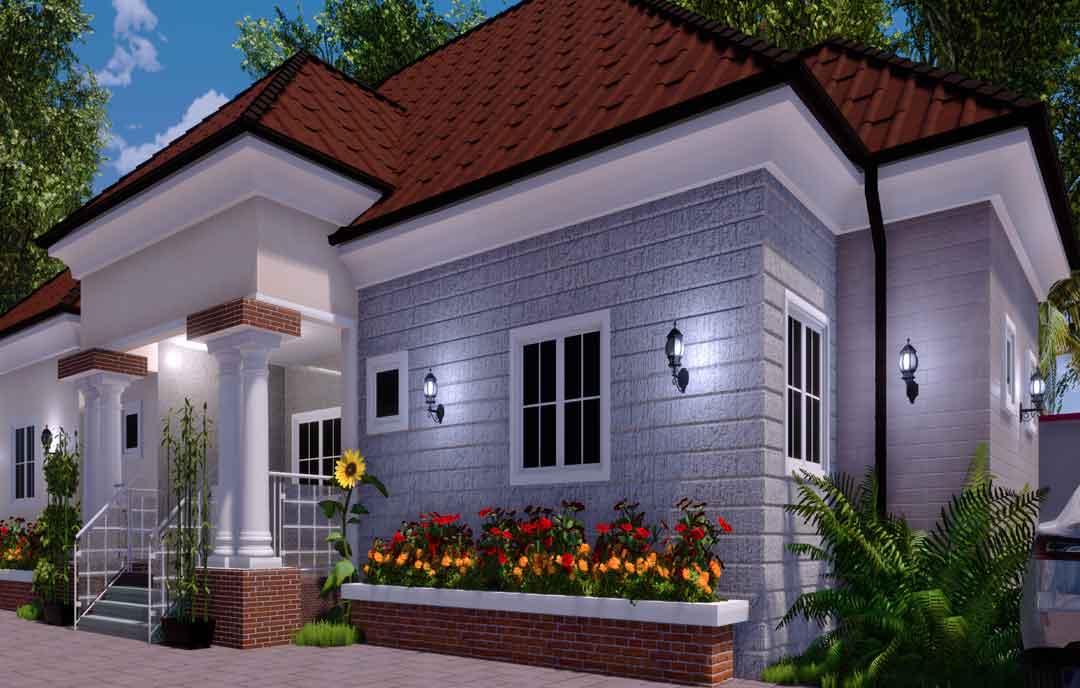
A bungalow is a small, cozy house with a simple square layout. Bungalow Homes originated in Bengal, India, in the 1800s, when European colonists first built this style of home. The word Bungalow comes from the word “Bengala,” “bungalow” means “of Bengal” or “from Bengal.”. Bungalows, also known as craftsman homes, are all about simplicity, comfort, and integration with nature.
Bungalows were popular in the U.S. from around 1900 to 1930. Many neighborhoods still have rows of these charming cottages with their timeless appeal. So, Who are bungalow homes best for? Bungalow homes are perfect for small families, retirees, and first-time homeowners.
Key Features and Layout of Bungalow Homes
The bungalow house style has some very distinctive features that set it apart.
Low Profile and Horizontal Lines
Bungalows are typically only one or one and a half stories high with low-pitched rooflines and wide eaves. The low profiles and horizontal lines give bungalows a sprawling look. The roofs are usually either side-gabled or hipped, meaning they slope downwards on all sides. These rooflines, combined with the wide eaves, help shade the windows from the sun.
Size
Bungalows are typically small, compact houses ranging from 600 to 1500 square feet. The smaller size means less space to clean and maintain, lower utility bills, and an affordable mortgage payment.
Simple design
These homes usually have an open floor plan with minimal interior walls. The simple layout and square footage make bungalows easy to navigate and live in. The openness also encourages interaction between family members.
Low maintenance
Bungalows were designed for simplicity and functionality. They lack lavish architectural details that require frequent upkeep. If you want a house you can enjoy without constant repairs or renovation projects, a bungalow is ideal.
Open Floor Plans
Bungalow floor plans emphasize openness, with living rooms, dining rooms, and kitchens flowing together. There are usually very few hallways. The open plans, along with plentiful windows, help bring in natural light and air, creating a sense of casual comfort.
In summary, all these features all work together to create the signature cozy and craftsman-like style of the bungalow house.
Bungalow House Styles and Variations
The bungalow house style has several variations that incorporate different architectural elements.
Craftsman
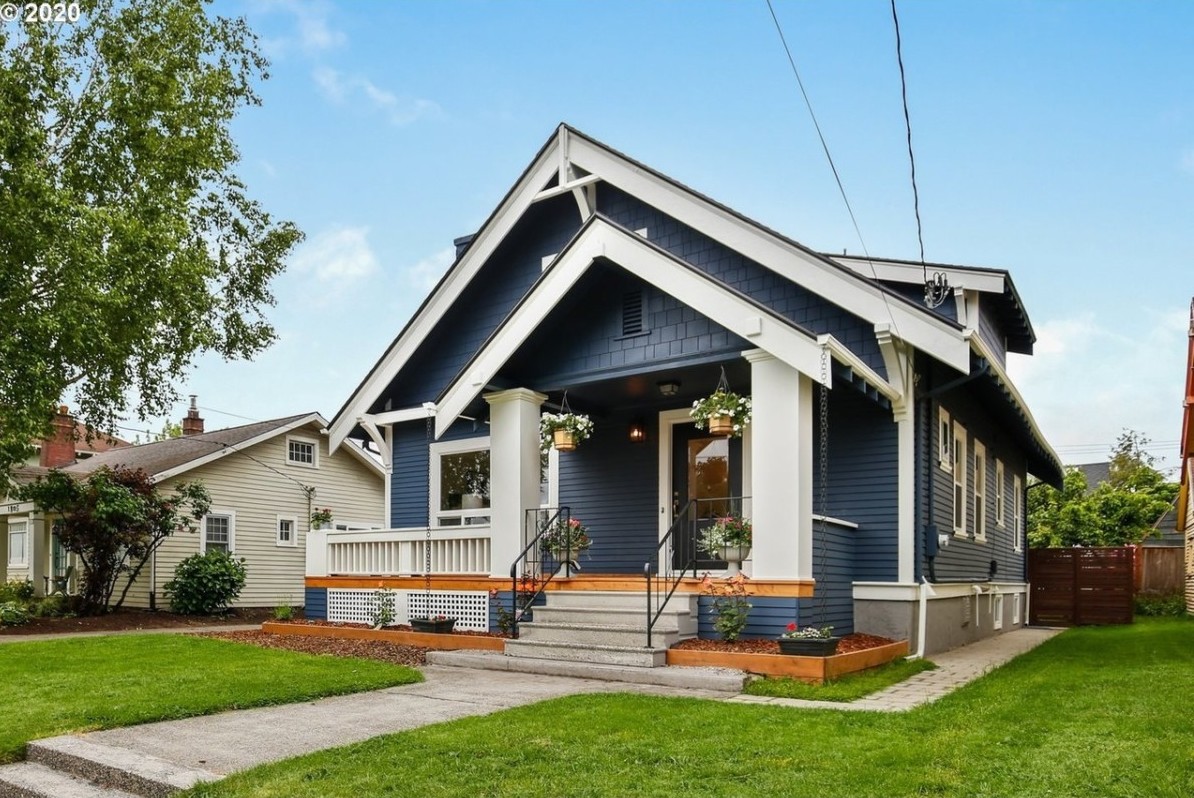
The Craftsman bungalow, popular from 1905 to 1930, emphasizes simplicity, natural materials, and handcraftsmanship. Typical features include:
- Low-pitched roofs with deep overhangs
- Exposed rafter beams under the eaves
- Tapered stone or brick porch supports
- Wood clapboard or shingle siding
- Double-hung windows with decorative glazing
Colonial Revival
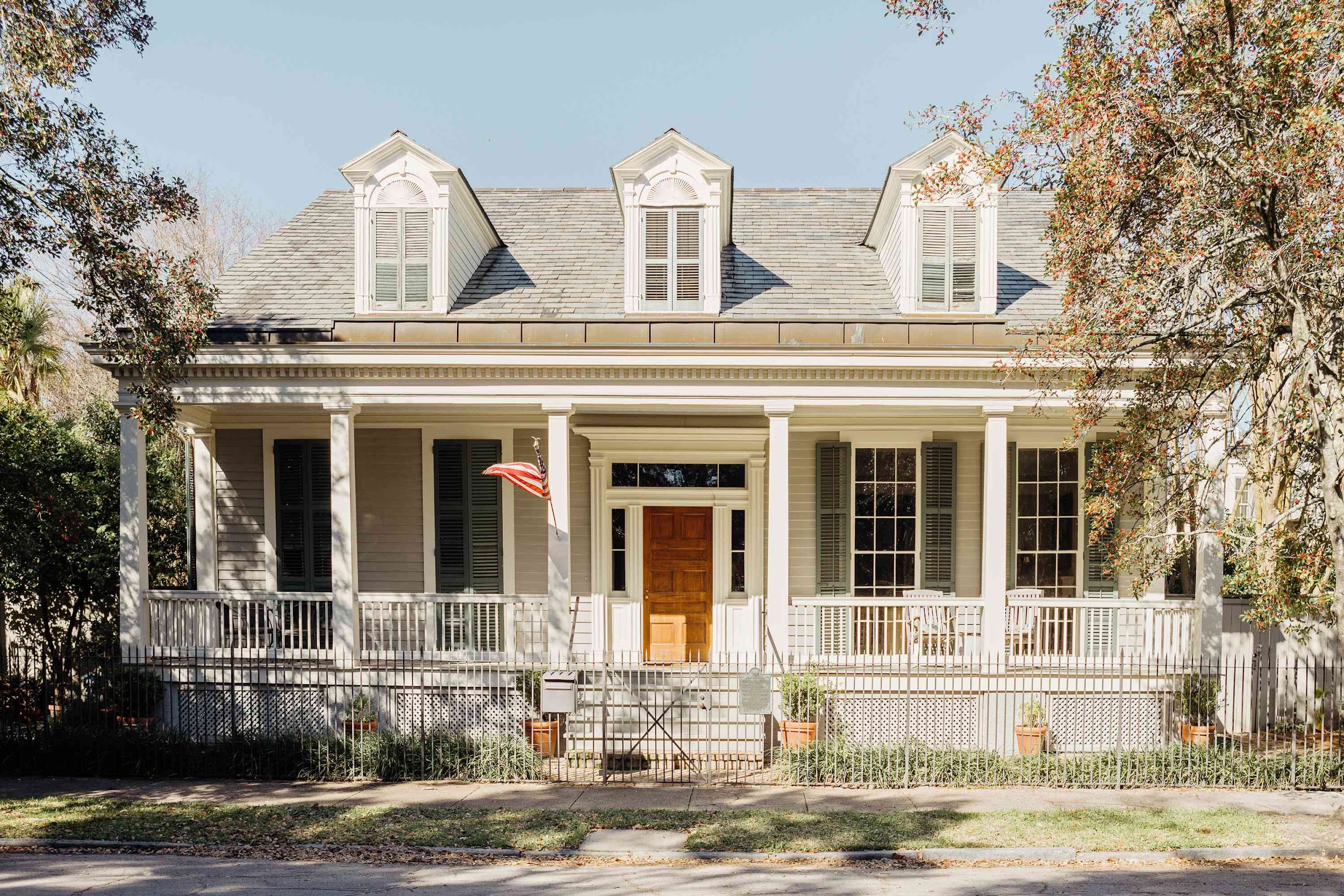
The Colonial Revival bungalow evokes early American house styles. Common attributes include:
- Columned porches
- Symmetrical facades
- Double-hung windows with shutters
- Side-gabled or hipped roofs
- Brick, stone, or wood siding
Spanish Revival
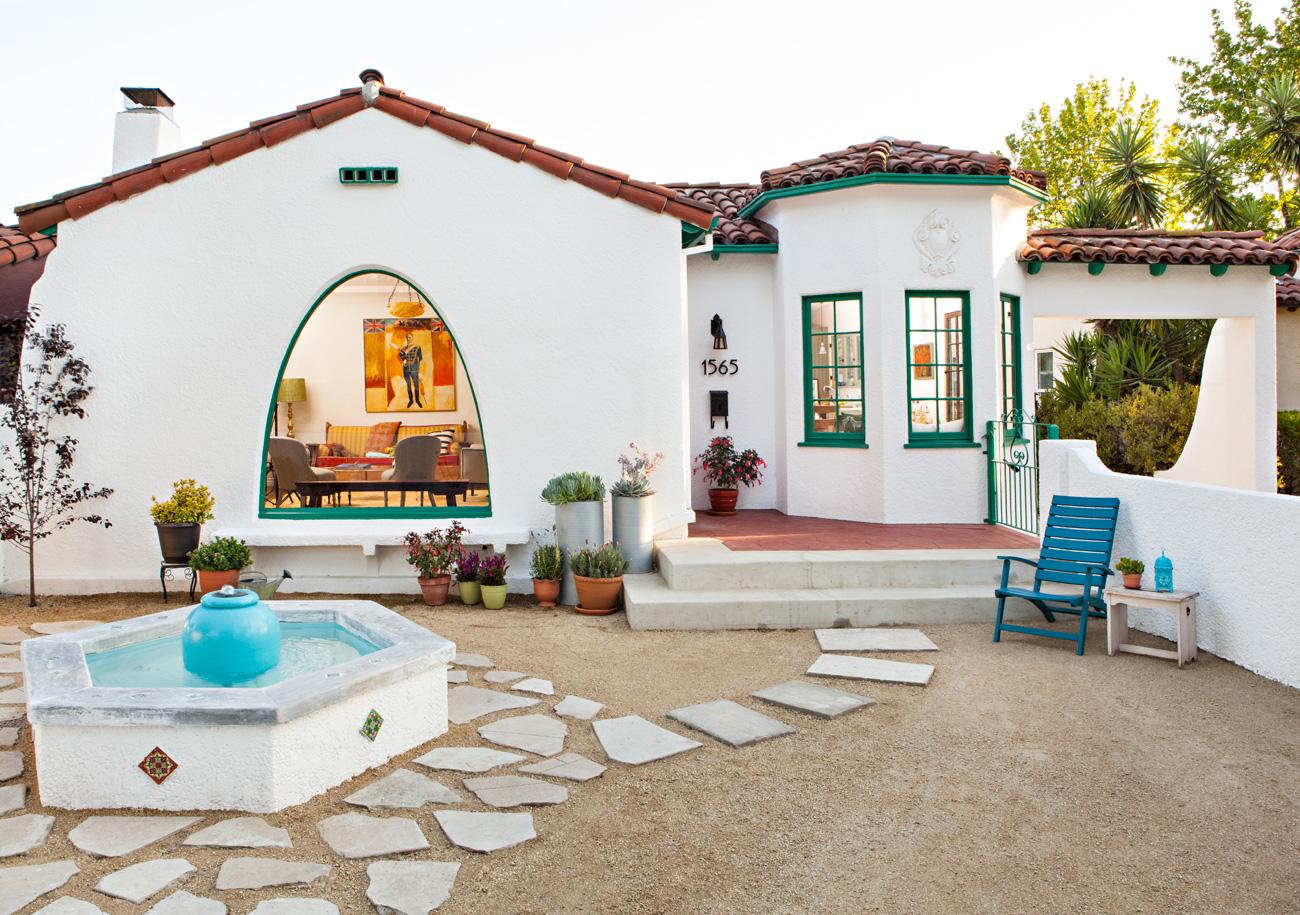
The Spanish Revival bungalow incorporates details from Spanish architecture, such as:
- Red tile roofs
- Arched doorways and windows
- Stuccoed walls
- Wrought iron accents
- Courtyards and patios
With so many options, you can find a bungalow style that fits your tastes while honoring the hallmarks of this charming and cozy house type.
What are the Pros of a Bungalow?
The bungalow-style home has many appealing qualities that make it a desirable choice for homeowners.
Low Maintenance
Bungalows are typically small, compact homes that are easy to maintain. Their smaller square footage means less space to heat and cool, as well as fewer rooms to clean. The simple, minimalist designs also often incorporate durable, natural materials that don’t require frequent upkeep, like stone, brick, and wood.
Affordable
The modest sizes and simple styling of bungalows also make them very budget-friendly. They are more affordable to construct and the materials are often cheaper. Utility costs are also lower thanks to their efficiency. For those looking to downsize or retire, the lower costs of a bungalow can be very appealing.
Timeless Style
Bungalows never seem to go out of style. Their classic, craftsman-inspired designs feature details like exposed wood beams, stone accents, and large porches that give them a warm, welcoming feel. The style is casual and laid-back but still architectural. Bungalows tend to age very well and hold their value over time.
What are the Cons of a Bungalow
As with any home style, bungalows have some downsides to consider:
- Space: Bungalows typically offer limited square footage since they only have one level. This can be an issue if you have a large family or want lots of living space.
- Storage: The smaller size also usually means less storage space for things like extra linens, decorations, and recreational gear. You’ll need to be efficient with the storage you do have.
- Resale value: While bungalows are charming, their smaller size and limited storage may be less appealing to some potential buyers. This could negatively impact resale value, especially in areas where larger homes are more desirable.
- Accessibility: With all living space on one level, bungalows may not be the most accessible or maneuverable option for those with limited mobility. Stairs, even just a few, can present challenges.
- Pests: Single-story homes with attics and basements close to the ground can be more prone to pest infestations like rodents, spiders, and insects. Be vigilant in sealing up any cracks or holes in foundations, siding, roofs, and windows.
So, while bungalows offer charm and coziness, go in with realistic expectations about their potential downsides. Make sure a bungalow meets your needs for space, accessibility, and lifestyle before falling in love with one.
Tips for Decorating a Bungalow Home
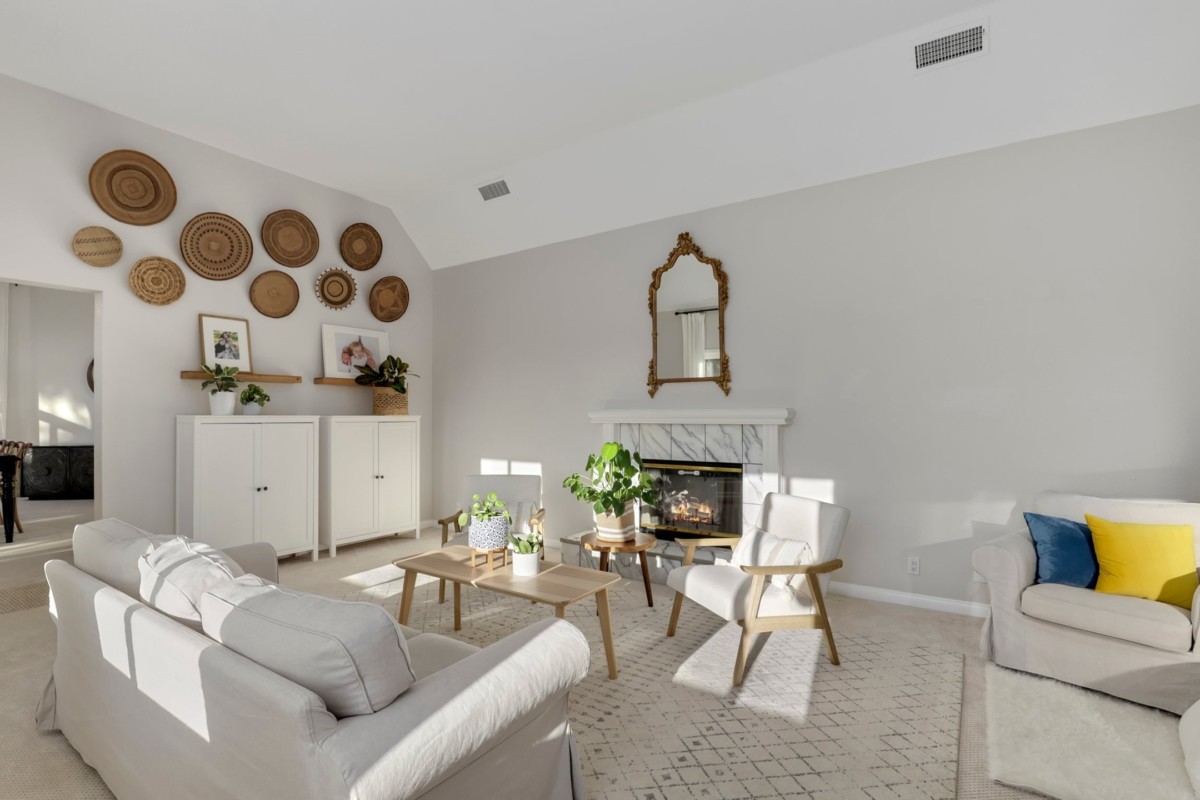
Here are a few tips to decorate your Bungalow home:
Choose a Color Palette
Pick 2-3 main colors that you want to use throughout the home to create a cohesive look. For a bungalow, earthy tones like sage green, terra cotta, and mustard yellow work well. You can also pull in accent colors from patterned rugs, pillows, or artwork.
Pay Attention to Lighting
Bungalows often have small windows, so additional lighting is key. Layer ambient, task, and accent lighting. Ambient lighting, like overhead fixtures, provides general illumination. Task lighting, such as table and floor lamps, brightens work areas. Accent lighting, like spotlights, highlights art or architectural details.
Keep It Casual
A bungalow’s style is casual and comfortable. Choose slip-covered sofas, rattan chairs, wool rugs, and natural wood furniture. Add character with vintage finds, craftsman details and rustic touches like woven baskets. Keep clutter to a minimum to enhance the open, airy vibe.
Include Storage Space
Bungalows typically have little space for excess belongings. Add stylish storage furniture like benches and wardrobes to keep clutter at bay without sacrificing style. Built-in shelving and cabinetry also provide extra storage while fitting with a bungalow’s design.
Bring the Outdoors In
Bungalows have a close connection to nature. Bring plants, greenery, and outdoor elements inside. Potted plants, botanical prints, and rattan accents help achieve an organic look. You might also consider opening up the space between indoor and outdoor living areas to create a seamless flow between the spaces.
Other Popular Housing Types
Asides from Bungalows, there are several other housing types, which include the following:
Split-level House
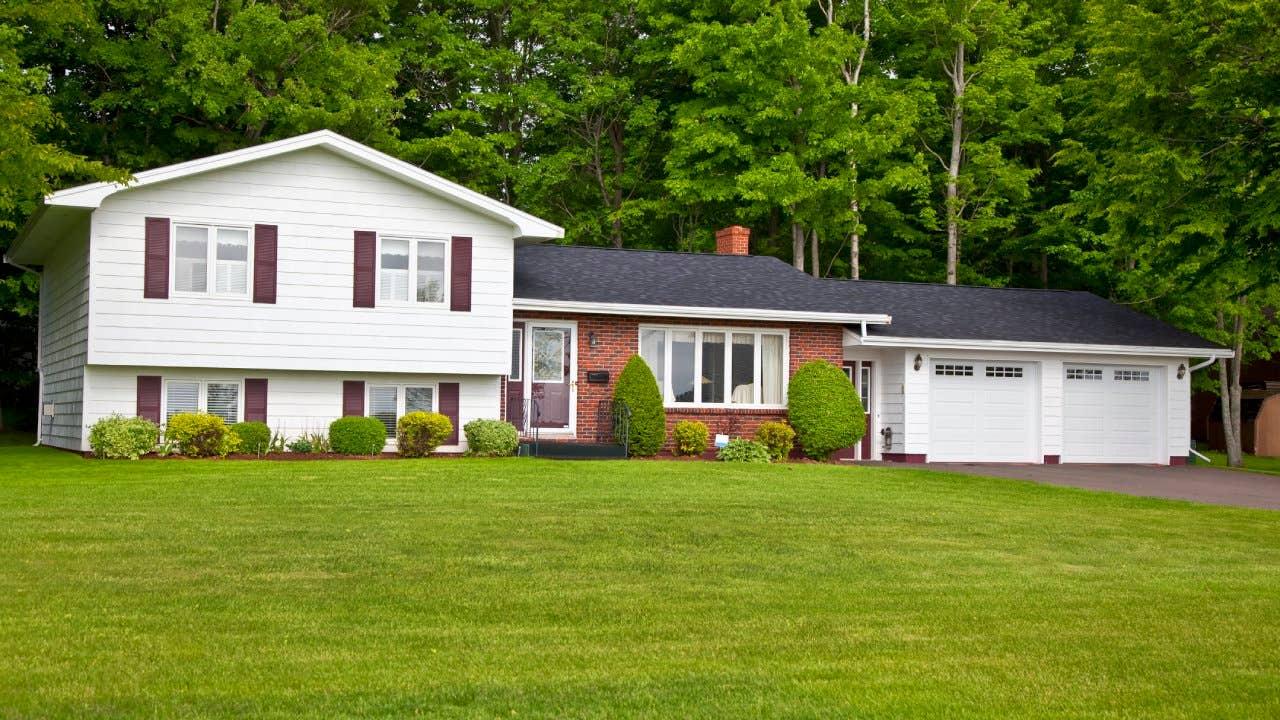
A split-level home (also known as a bi-level home or tri-level home) is a type of house with staggered floor levels. There are normally two short sets of stairs, one ascending to a bedroom level and one descending to a basement area.
Split levels gained popularity after World War II and were common in mid-20th-century suburban homes. They have the benefit of separate spaces for different functions while still being connected, and the design often incorporates outdoor patios and terraces.
Condominium
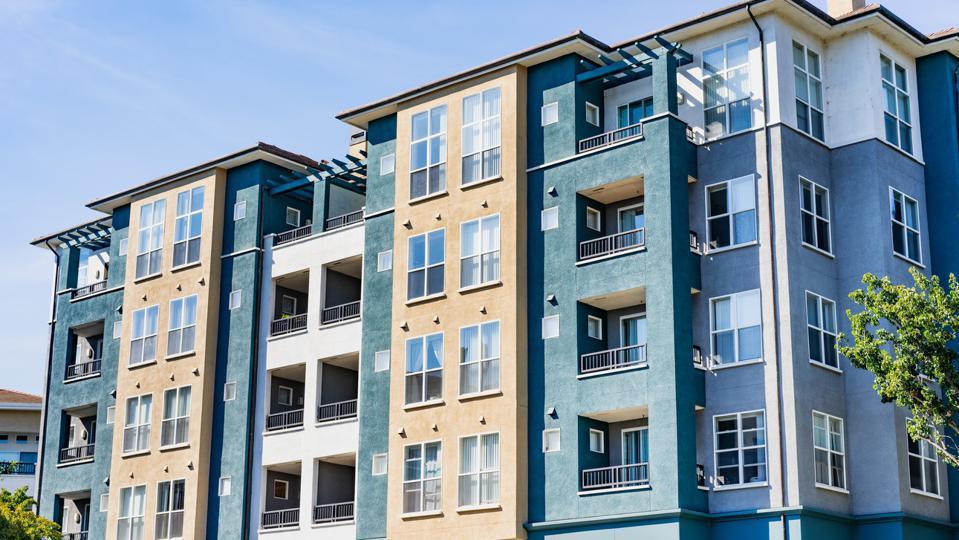
A condominium refers to an apartment that is individually owned, while the land and common areas of the building are jointly owned and maintained by condo owners. Condos come with amenities like a gym, pool, recreation room, and outdoor spaces. They appeal to buyers who want home ownership without the responsibility of maintaining a house and yard. Condos are also often located in desirable areas close to work, dining, and entertainment options.
Townhouses
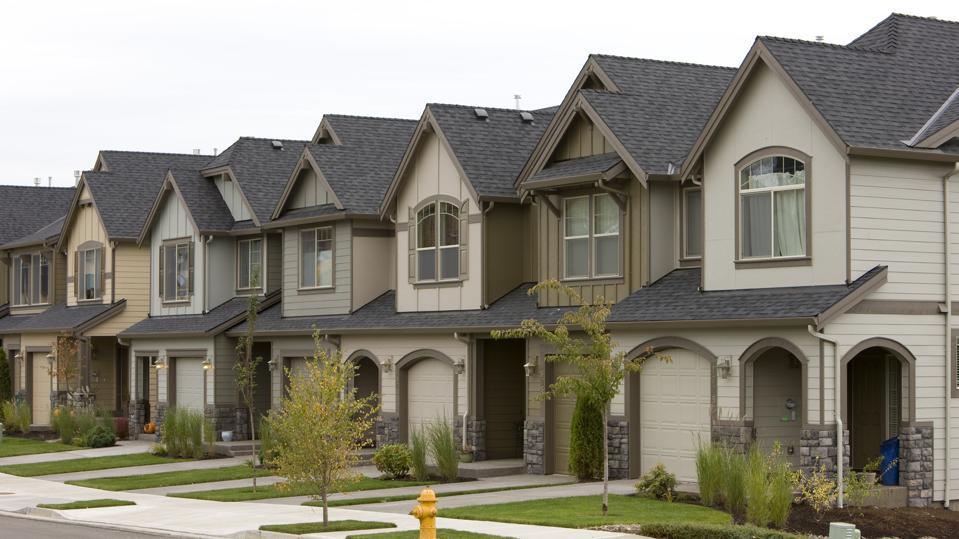
Townhouses are narrow, vertical multi-story homes that share common walls, but each residence has its own entrance and yard. They provide some of the benefits of a single-family home, like a yard and private parking, but maintenance responsibilities are shared with a homeowners association. Townhouses appeal to buyers looking for low-maintenance and affordable housing with a community feel. They are popular with young families, retirees, and first-time home buyers.
Frequently Asked Questions
Have some questions about bungalow houses? Here are a few common ones:
What style is a bungalow house?
Bungalow houses are typically considered part of the Arts and Crafts style of architecture that became popular from around 1880 to 1930. They emphasize simplicity, natural materials, and handcraftsmanship.
Are bungalows expensive?
Bungalow houses are usually fairly affordable and budget-friendly. Since they are smaller, single-story homes without an upstairs, they tend to be cheaper than larger two-story houses. However, prices can vary depending on the area and specific features.
How much space do bungalows have?
Bungalows were designed to be compact yet cozy homes, so they usually have 1-3 bedrooms and around 500 to 1500 square feet of living space. The open floor plans and built-in furniture help maximize the usable space.
Are bungalows good for families?
Bungalow houses can work well for small families, especially those with young children or elderly members who prefer single-story living. However, the limited square footage may feel cramped for larger families or those who require more private space.
Conclusion
So there you have it, a quick overview of the classic bungalow-style home. With its simple square layout, low-pitched roof, and natural materials, the bungalow exudes a cozy and casual vibe. If you’re looking for a house with timeless appeal and a sense of warmth, the bungalow could be a great choice. Though small in size, its efficient use of space and focus on simplicity over excess make it feel open and inviting. The next time you pass by a bungalow in your neighborhood, take a second look; you just might fall in love with its humble charm and understated elegance.
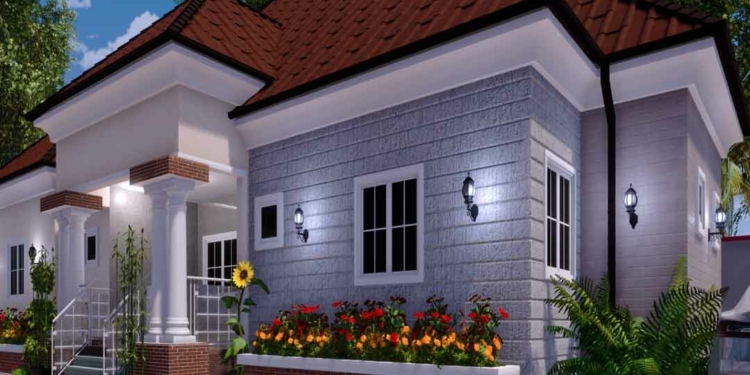
Discussion about this post